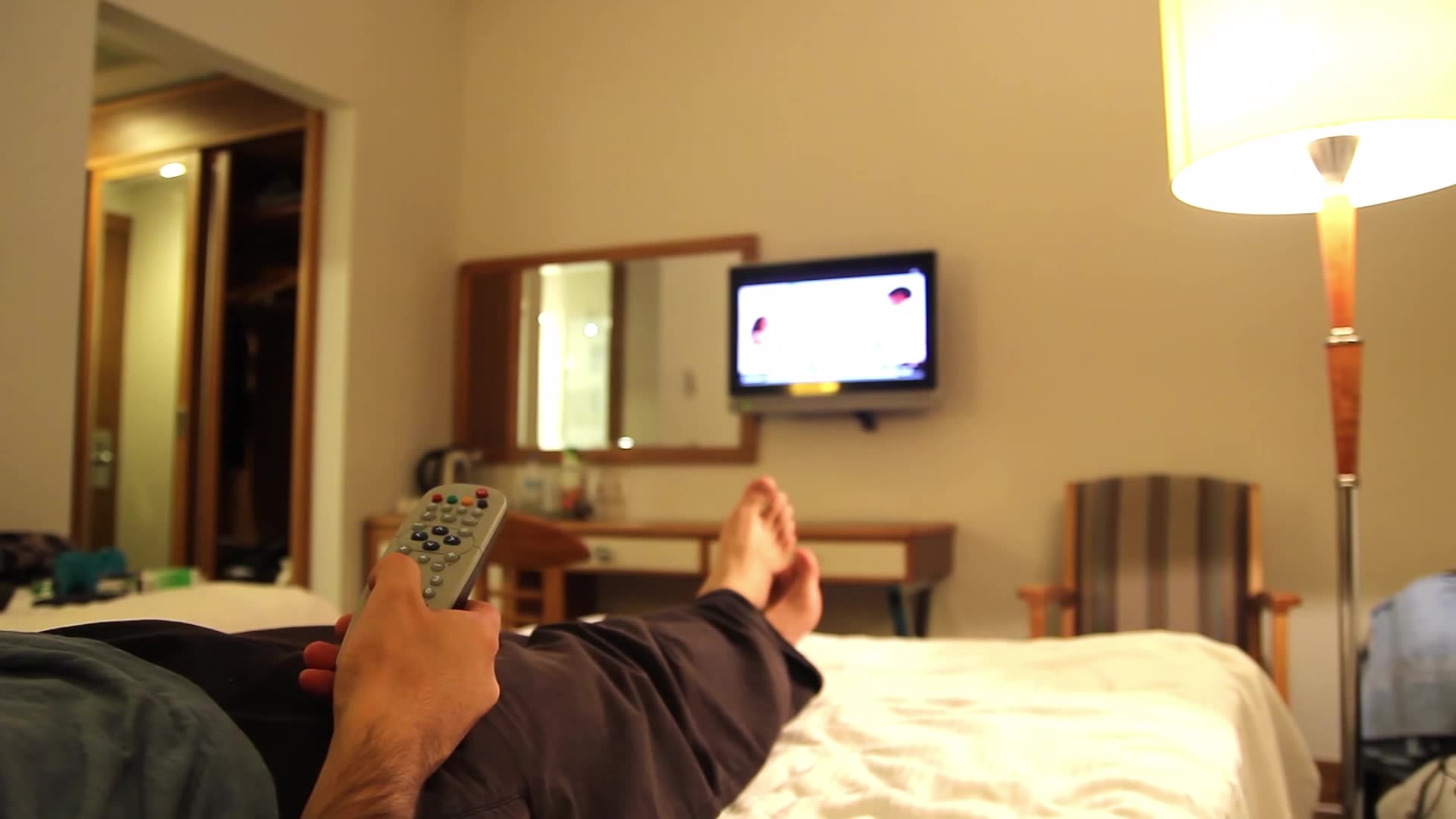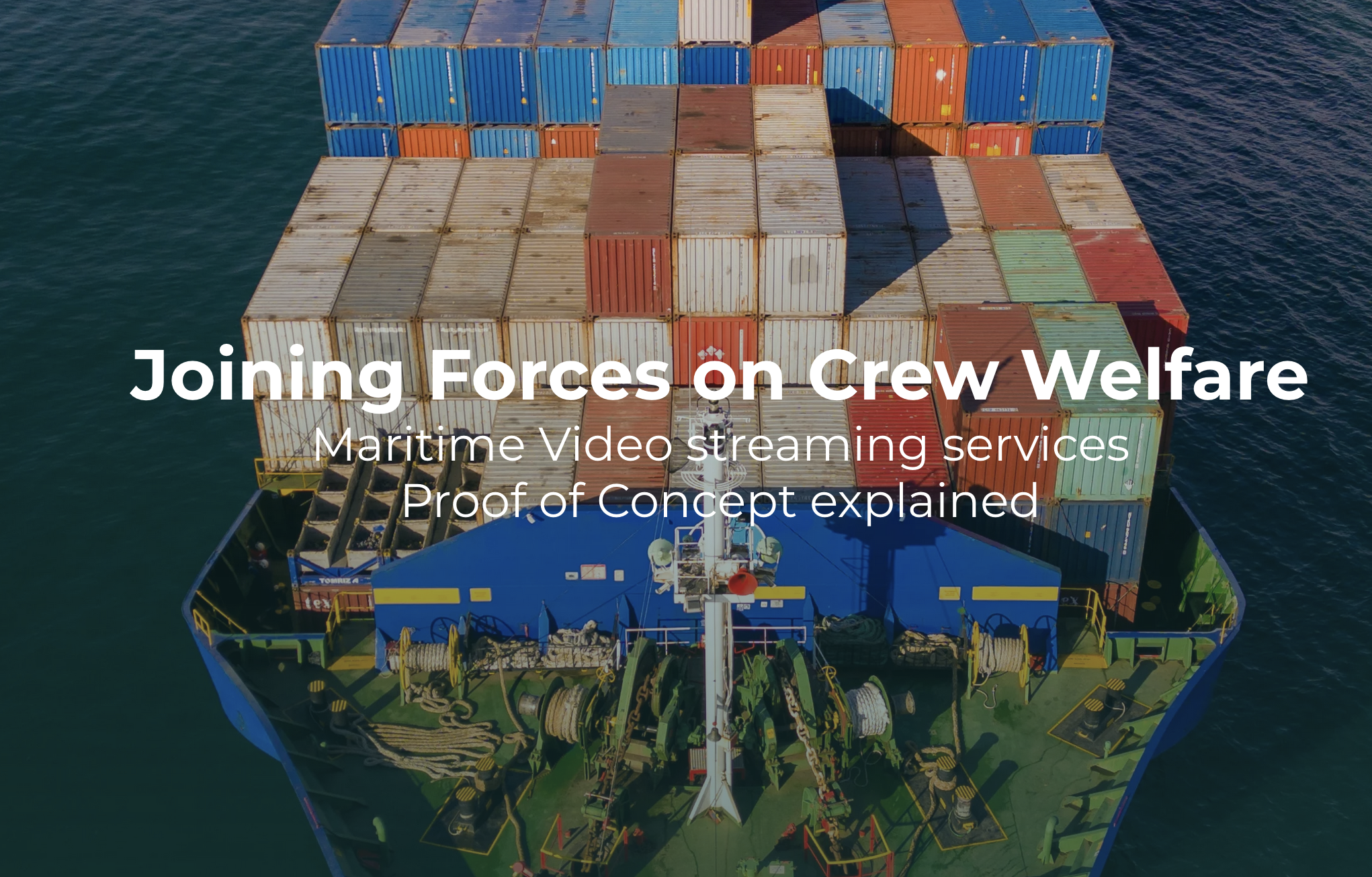BRIDGING THE GAP BETWEEN SATELLITE AND
IP CONTENT DELIVERY

During a recent webinar, The DVB-NIP Revolution, hosted by the World Teleport Association (WTA) and moderated by Randall Barney, panelists Laurent Leveil, Head of Multiscreen Services, Eutelsat Group; Emily Dubs, Head of Technology, DVB Project; and finally our own in-house DVB-NIP expert, Rami Moussawi, Senior Product Manager at ST Engineering iDirect, discussed how DVB-NIP stands to transform the industry, create new business opportunities, and benefit various use cases.
In case you missed it, here’s a summary of the key takeaways from the webinar.
THE DVB-NIP REVOLUTION
KEY TAKEAWAYS

DVB-NIP will transform the satellite broadcasting Industry
The standard is set to have a dramatic impact on the satellite broadcasting industry over the coming years because it allows the integration of satellite delivery into the wider IP-based content delivery ecosystem, making it possible to distribute content efficiently and at scale.
DVB-NIP enables a two-way, IP-based connection that can carry video and data.
DVB-NIP bridges the gap between satellite and IP delivery to bring a number of benefits. Laurent explained how the approach helps broadcasters who manage two separate systems for their satellite broadcast and OTT delivery, streamline their operations: “DVB-NIP helps them [broadcasters] bring their operations to one single entity, one single backend, to distribute their content on both vectors”.
Other benefits include the capability to overcome the challenge of congested IP networks that result in reduced quality of experience and enabling IP-based video and file-based services to reach anyone, anywhere, closing the Digital Divide.
"DVB-NIP helps them [broadcasters] bring their operations to one single entity, one single backend, to distribute their content on both vectors."
Laurent Leveil
Head of Multiscreen Services, Eutelsat Group


Market Adoption and Business Justification
DVB-NIP stands to play a crucial role in helping satellite broadcasters adapt as pay TV continues to decline.
Rami explained, “it’s expanding the reach with a more seamless delivery to smart devices that go beyond just the TV”. With DVB-NIP, gateways can act as media hotspots on the reception side, which allows broadcasters to sell a service to support businesses by feeding these local hotspots with entertainment content that can be deployed to support a variety of use cases.
New business models are driving the market because they represent untapped opportunities that broadcasters can now pursue and provide them to emerging markets where there is a clear need for services.
“it’s expanding the reach with a more seamless delivery to smart devices that go beyond just the TV”
Rami Moussawi
Senior Product Manager, ST Engineering iDirect


Implementation Challenges, Technical Readiness and Deployment
One of the biggest advantages of DVB-NIP is its ability to integrate seamlessly with existing IP networks.
By using industry-standard streaming technologies like DVB-DASH and HLS, DVB-NIP ensures compatibility with a wide range of devices, from mobile phones to smart TVs. For greenfield operations without legacy infrastructure, implementation is straightforward.
Rami remarked that “from a technical perspective, the DVB-NIP standard already meets the vast majority of requirements needed for full-scale commercial rollouts”. He cited the example of ST Engineering’s deployment of DVB-NIP in Peru, with ecosystem partners Eutelsat, EKT and EasyBroadcast, which “demonstrated that DVB-NIP can make a huge impact in connecting rural communities with critical news and entertainment content, often provided for free.”
Content security and Digital Rights Management (DRM) remain a challenge but sit beyond the scope of the DVB standard, although it is something that the DVB organization is actively looking to address.
The second challenge relates to the requirements of the content owner or provider. They each have their own view on how content should be protected and what they expect from a broadcaster in terms of meeting those requirements. And those requirements can vary significantly from one content owner to another.
"DVB-NIP can make a huge impact in connecting rural communities with critical news and entertainment content, often provided for free."
Rami Moussawi
Senior Product Manager, ST Engineering iDirect


Use Cases and Early Adoption
Industries such as maritime, aeronautics, hospitality, and distance learning are already showing significant interest in DVB-NIP.
These verticals benefit from the ability to deliver high-quality, low-latency content to remote locations where terrestrial broadband options are limited or nonexistent.
For example, in maritime and aeronautics, DVB-NIP can provide onboard entertainment and real-time communications, while in distance learning, it ensures that students in rural or underserved areas have access to educational content.
Emily remarked that distance learning in particular is likely to strongly benefit from using DVB-NIP because students can have access not only to live education channels, but also because DVB-NIP can also deliver educational documents. As such, Emily noted “there is a demand for this in Morocco, Africa, and South America also”.
DVB-NIP is gaining traction in remote regions with limited connectivity, such as parts of Canada where satellite remains the only reliable means of connectivity. With the efficiency of multicast, DVB-NIP delivers content at a high quality to many receiving points, making it an attractive option compared to services offering unicast, which could overload networks with high demand, especially for video.
"there is a demand for this in Morocco, Africa, and South America also."
Emily Dubs
Head of Technology, DVB Project


Final Thoughts
DVB-NIP should be viewed as complementary technology, rather than being a direct competitor to terrestrial broadband, fiber or 5G. Its real value lies in its ability to integrate satellite with other networks to create a resilient, hybrid system that delivers consistent, high-quality content to a broader audience.
As is clear from this webinar, DVB-NIP is without a doubt helping to bridge the gap between satellite and IP delivery. This is helping to solve some of the existing challenges that the industry faces, while at the same time also creating new business opportunities.
There is a strong community of DVB-NIP experts working with technology vendors, so service providers are strongly recommended to reach out to these experts to learn about available use cases and see the diversity of offerings.

DVB-NIP Maritime Video streaming services
Proof of Concept
Learn more about how MediaMobil and partners Eutelsat, Inverto, Airmont and ST Engineering iDirect are collaborating to develop a crew welfare Proof of Concept to provide streaming services for the crew on board a tanker fleet.









